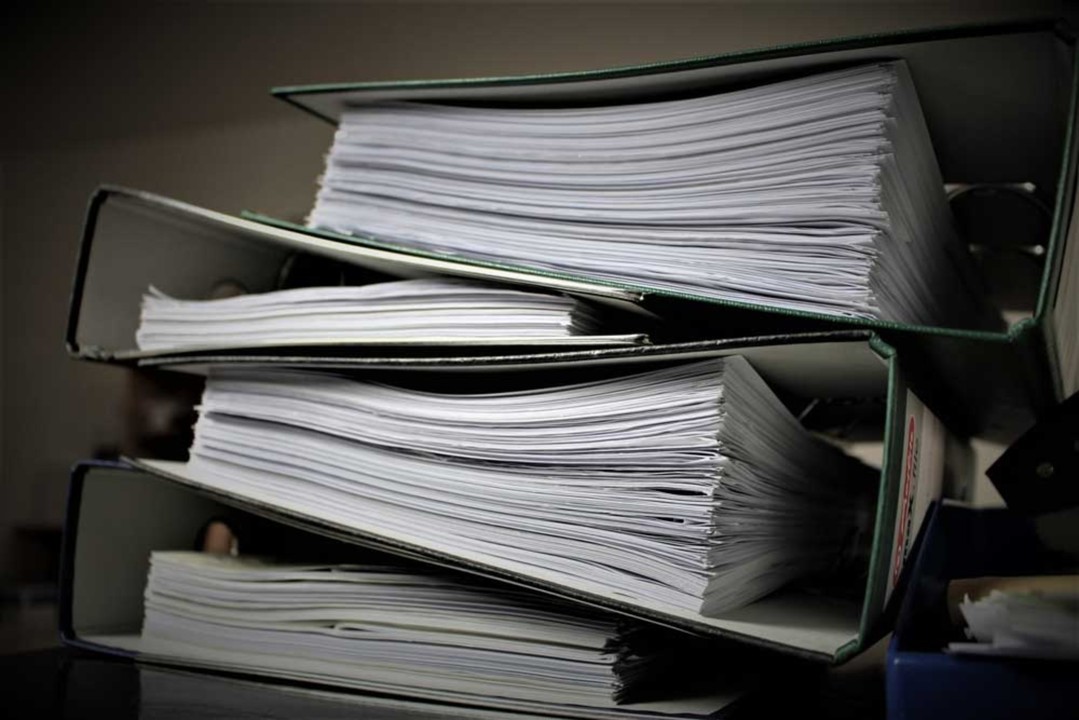 In the intricate journey of preserving wealth across generations, one often-overlooked element that can make all the difference is documentation. While families may craft estate plans and investment strategies, the seemingly mundane task of meticulously recording and organising their assets can be the cornerstone of their legacy’s longevity. Many families remain unaware of the critical importance of asset documentation, a blind spot that can have devastating consequences for future generations.
In the intricate journey of preserving wealth across generations, one often-overlooked element that can make all the difference is documentation. While families may craft estate plans and investment strategies, the seemingly mundane task of meticulously recording and organising their assets can be the cornerstone of their legacy’s longevity. Many families remain unaware of the critical importance of asset documentation, a blind spot that can have devastating consequences for future generations.
Imagine a family patriarch, a successful entrepreneur, who unexpectedly passes away. He leaves behind a substantial estate, including multiple properties, investment accounts, and a thriving business. However, he never took the time to document his assets or clearly communicate their whereabouts to his family. Now, his children are left grappling with a chaotic and emotionally fraught situation.
They must sift through stacks of paperwork, desperately searching for clues about hidden bank accounts, property deeds, and investment portfolios. Some assets are easily located, but others seem to have vanished into thin air. The family’s once-solid foundation begins to crumble under the weight of uncertainty and frustration.
This scenario is not uncommon. The absence of clear and organised records can turn a time of grief and transition into a period of infighting and legal battles. Siblings who were once close may find themselves at odds over the rightful ownership of assets, while valuable resources remain unclaimed, potentially lost to the family forever. Financial institutions, unaware of the rightful beneficiaries, may hold onto these assets indefinitely.
Documentation: More than just record-keeping
Documentation is not simply about listing assets; it’s about creating a clear and comprehensive picture of the family’s financial landscape. This includes:
Organisation: Systematically organising information about each asset, including its type, location, value, and ownership details.
Clarity: Providing clear instructions on how to access and manage each asset, including account numbers, passwords, and contact information for relevant institutions.
Communication: Openly sharing this information with trusted family members and advisors, ensuring that everyone is aware of the family’s assets and how to handle them.
The gift of clarity and peace of mind
Maintaining meticulous asset records is a profound act of love and foresight. By documenting their wealth, families bestow upon their heirs the gift of clarity and peace of mind. They eliminate the guesswork and confusion that can arise during times of transition, ensuring a smooth and efficient transfer of wealth to future generations. This proactive approach safeguards family harmony, protects assets from being overlooked or lost, and allows the family’s legacy to continue to flourish.
In essence, documentation is the cornerstone of a secure and lasting financial legacy. It’s an investment in the future well-being of your family, ensuring that the wealth you’ve worked so hard to build will continue to benefit generations to come.
Creating and maintaining a comprehensive record of your family’s assets doesn’t have to be an overwhelming task. By following a structured and thoughtful approach, you can ensure a smooth transition of wealth to future generations and protect your family’s financial legacy. Here’s a detailed roadmap to guide you through the process:
Create a Comprehensive Inventory: Begin by compiling a meticulous list of all assets, leaving no stone unturned. This includes tangible assets like real estate properties, vehicles, jewelry, artwork, and collectibles. It also encompasses intangible assets such as investment accounts, retirement plans, business interests, intellectual property rights, and digital assets like cryptocurrencies. For each asset, document essential details:
Description: Provide a clear and concise description of the asset, including any identifying features or unique characteristics.
Location: Specify the precise location of the asset, whether it’s a physical address, a bank vault, or a digital wallet.
Value: Estimate the current market value of the asset, if applicable. For real estate or collectibles, consider obtaining professional appraisals.
Ownership: Clearly state who owns the asset, whether it’s an individual, a trust, or a business entity.
Documentation: Gather and organize all relevant documentation, such as deeds, titles, account statements, insurance policies, and contracts.
Embrace digital tools: Leverage the power of technology to streamline asset management. Numerous secure software solutions are available, specifically designed for this purpose. These tools offer features like automatic updates, cloud storage for easy access from anywhere, and secure sharing capabilities, allowing you to grant controlled access to trusted family members and advisors. Remember to regularly back up your digital records to prevent data loss.
Consult with professionals: Navigating the complexities of estate planning and wealth management can be daunting. Don’t hesitate to seek guidance from experienced professionals who specialise in family wealth preservation. Family wealth advisors and financial planners accountants can provide invaluable expertise. They can help you create comprehensive estate plans, ensure compliance with tax regulations, and establish legal structures like trusts to protect your assets.
Involve your family: Transparency is key to fostering trust and collaboration within your family. Involve your family members in the documentation process as appropriate. While you may not wish to disclose every financial detail, keeping them informed about the family’s assets and overall financial picture can prevent misunderstandings and conflicts in the future. Consider holding family meetings to discuss your plans and answer any questions they may have.
Educate and prepare your heirs: Equipping the next generation with financial literacy is a vital step in ensuring the longevity of your family’s wealth. Begin educating your heirs early about financial matters, explaining the importance of budgeting, saving, investing, and responsible spending. Discuss the significance of asset documentation and involve them in the process as they mature. By preparing them for their future responsibilities, you empower them to become responsible stewards of the family’s financial legacy.
Documenting your family’s assets is not merely a logistical task; it’s a strategic investment in the future well-being of your loved ones. By taking the time to create a clear and comprehensive record of your wealth, you are providing your heirs with the tools they need to navigate the complexities of inheritance and preserve the family’s financial legacy for generations to come. It’s a testament to your foresight, and commitment to their future.
Ojenike is a Family Wealth Advisor at the Meristem Family Office [email protected]






